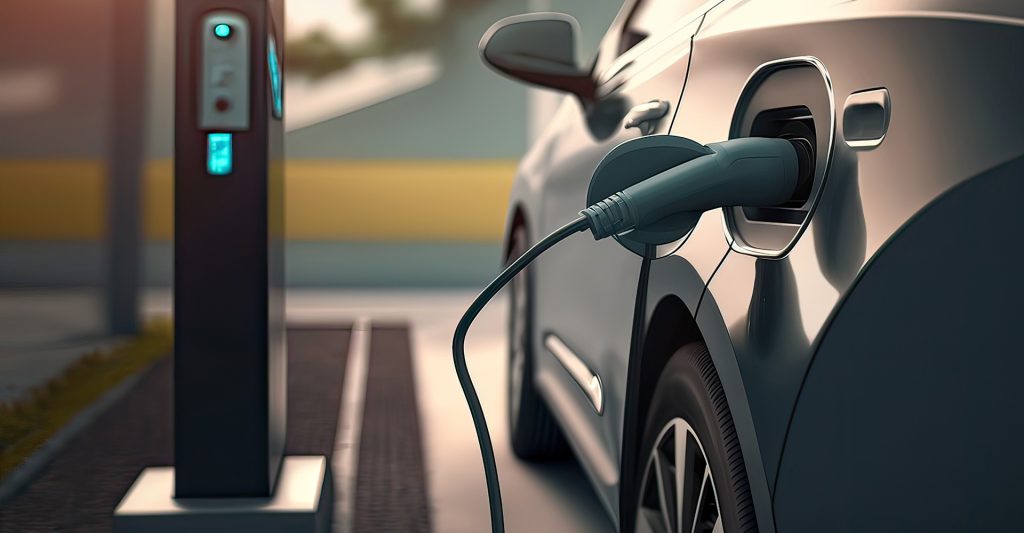Jeep vehicles, renowned for their off-road capabilities and rugged charm, also prioritize safety. While their robust build and advanced technology contribute significantly to driver and passenger protection, it’s essential to complement these features with responsible driving habits and preventive measures. This article delves into crucial safety tips to ensure a secure experience both on and off the road.
Table of Contents
ToggleOn-Road Safety
- Master Your Jeep: Understanding your Jeep’s handling, braking, and acceleration characteristics is paramount. Regular practice in various driving conditions helps build confidence and enhances your ability to react swiftly.
- Leverage Safety Features: Familiarize yourself with your Jeep’s advanced safety features, including anti-lock brakes (ABS), electronic stability control (ESC), traction control, and airbags. Knowing how these systems operate can make a significant difference in an emergency.
- Maintain Optimal Vehicle Condition: Regular maintenance is vital for safety. Ensure proper tire inflation, brake function, steering alignment, and overall vehicle health. Replace worn components promptly.
- Defensive Driving: Practice defensive driving techniques. Maintain a safe following distance, scan the road ahead for potential hazards, and anticipate the actions of other drivers.
- Buckle Up: Always wear your seatbelt and ensure passengers do the same. It’s the simplest yet most effective safety measure.
- Avoid Distractions: Minimize distractions while driving. Put away your phone, avoid eating or drinking, and focus on the road.
- Adhere to Speed Limits: Obeying speed limits is crucial for maintaining control and reducing the risk of accidents.
- Proper Lighting: Ensure your headlights, taillights, and turn signals are working correctly. Use them appropriately, especially in low-light conditions.
Off-Road Safety
- Thorough Vehicle Inspection: Before venturing off-road, conduct a comprehensive inspection of your Jeep. Check tire pressure, fluid levels, brakes, and overall condition.
- Plan Your Route: Research the trail, understand its difficulty level, and inform someone of your itinerary.
- Travel with a Buddy: It’s safer to have a companion in case of emergencies.
- Essential Gear: Carry necessary equipment, including a first-aid kit, recovery gear, spare tire, and communication devices.
- Know Your Limits: Assess your driving skills and the Jeep’s capabilities realistically. Avoid challenging terrains beyond your comfort zone.
- Weather Conditions: Be cautious of weather changes. Rain, snow, or fog can significantly impact off-road conditions.
- Secure Cargo: Properly secure any cargo to prevent it from shifting and causing accidents.
- Emergency Preparedness: Learn basic first aid and recovery techniques. Carry a satellite phone or GPS device for remote areas.
Additional Safety Tips
- Child Safety: Use appropriate child safety seats and ensure they are installed correctly.
- Night Driving: Exercise extra caution at night. Increase following distance and use low beams when necessary.
- Adverse Weather: Adjust your driving style for rain, snow, or fog. Reduce speed, increase following distance, and use headlights.
- Tire Maintenance: Regularly check tire pressure and tread depth. Replace worn tires promptly.
- Emergency Kit: Keep an emergency kit in your Jeep, including a first-aid kit, jumper cables, flashlight, and basic tools.
Child Safety:
- Jeep offers a variety of child safety features to protect your precious cargo. Here’s a breakdown of some key points:
- Child Seat Anchors: Look for the LATCH (Lower Anchors and Tethers for Children) system in your Jeep. This provides secure mounting points for compatible child safety seats.
- Top Tethers: Most Jeep models come equipped with top tether anchors for additional child seat stability.
- Airbag Deactivation: If your Jeep has a passenger airbag, ensure it’s deactivated when using a rear-facing child safety seat in the front passenger seat. Consult your Jeep’s owner’s manual for specific instructions on deactivating the airbag.
- Choosing the Right Seat: Select a child safety seat that meets all federal safety standards and is appropriate for your child’s age, weight, and height. Refer to the car seat manufacturer’s guidelines for proper installation and use.
By following these safety tips and maintaining a vigilant approach, you can significantly enhance your Jeep driving experience while minimizing risks. Remember, safety is a shared responsibility, and everyone in the vehicle plays a role in preventing accidents.


